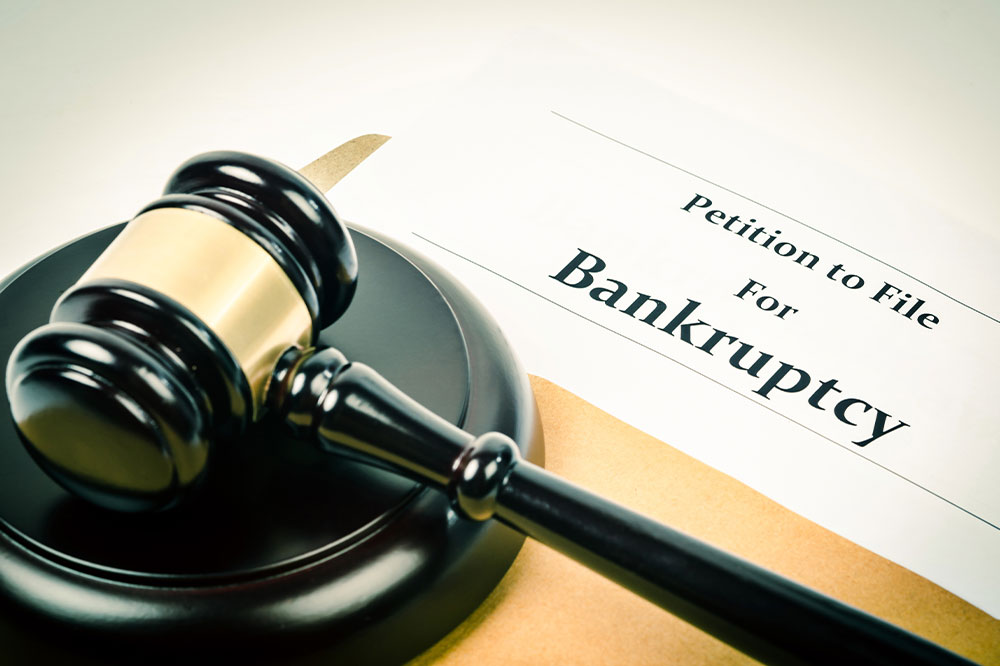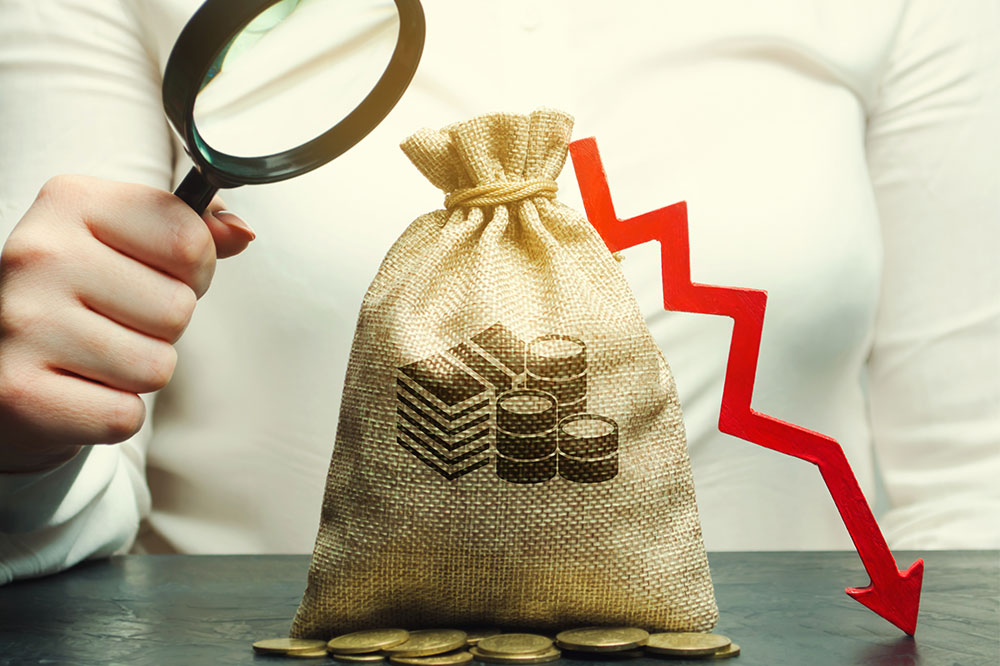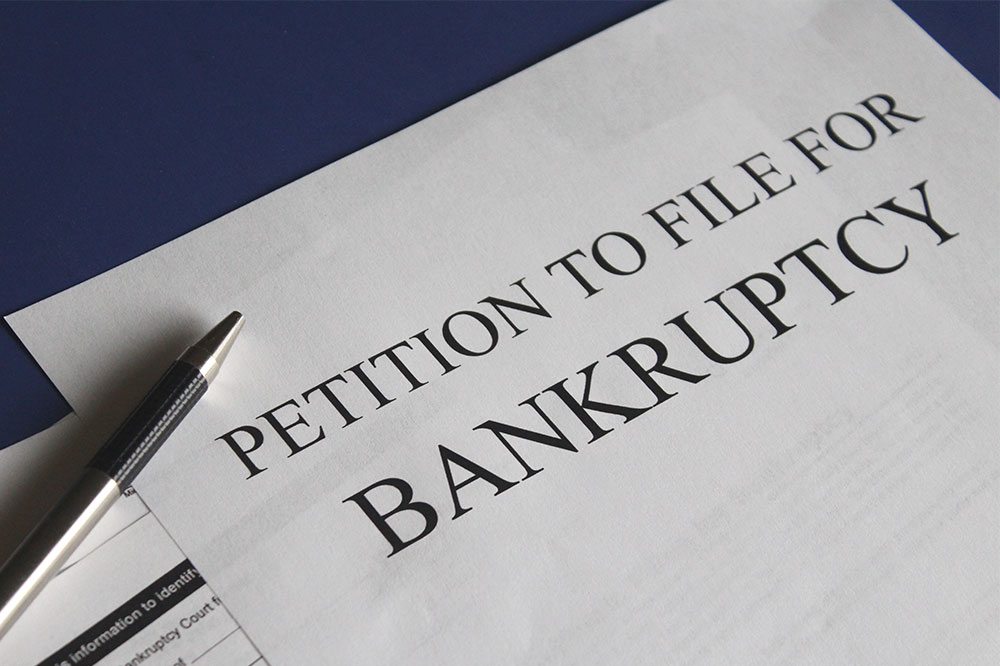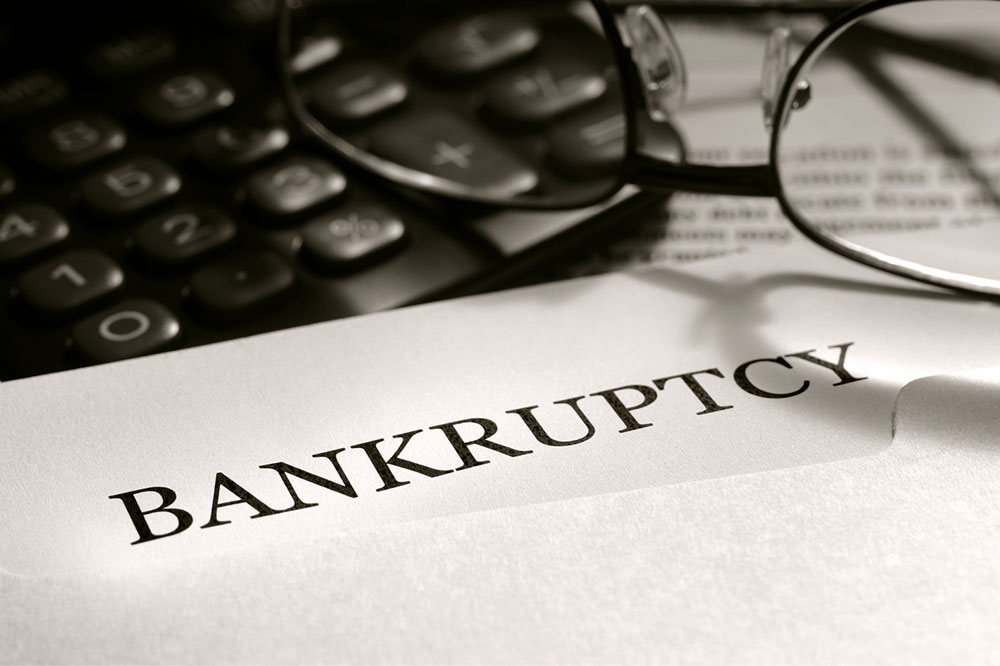Understanding the Hidden Costs of Bankruptcy Filing
Filing for bankruptcy can provide debt relief but involves significant costs, including fees for filing, credit courses, and legal aid. Understanding the different bankruptcy types and associated expenses helps in making informed decisions. Consider the long-term impact on your credit before proceeding.

Struggling with overwhelming debt? Filing for bankruptcy could offer relief by restructuring or eliminating your debts. It might also provide time to reorganize your finances. However, before proceeding, it’s crucial to research thoroughly, as bankruptcy can incur significant expenses beyond expectations. Many people end up paying more due to various fees involved in the process, especially legal costs. Knowing the different types of bankruptcy, such as Chapter 7 and Chapter 13, helps in understanding potential costs. Consulting a financial advisor can assist in making an informed choice, ensuring you weigh all the pros and cons carefully.
Bankruptcy fees include filing charges, which can start as low as $235-$245 depending on the chapter. Additional costs involve mandatory credit counseling and education courses, which might be free through non-profits but often come with nominal fees. If under Chapter 13, a trustee fee of about 10% of your repayment plan applies. Attorney fees vary widely, ranging from $800 to $2,000 or more, depending on case complexity. Keep in mind, bankruptcy affects your credit report for up to ten years and could impact future loans or employment prospects. Making an informed decision is essential before declaring bankruptcy. Stay updated on personal finance trends by following our channels.










